
The ongoing conflict in South Sudan has quickly escalated into civil war. With President Salva Kiir’s firing of his cabinet in July 2013, and subsequent attempt to quash an alleged coup last month, government forces and rebel militias have attacked each other as well as civilians and UN peacekeepers. Reports indicate over 1,000 fatalities and more than 100,000 displaced.
Most models of civil war onset would have predicted this conflict, in part because new states are especially prone to civil war. There are several possible explanations for the correlation between new stateness and civil war. First, as Fearon and Laitin suggest, it could be that new states are more likely to experience civil war than are older states because they have weaker institutions that make the balance of power between the government and potential rebels more equal and, thus, make challenge more likely. Second, it could be that new states tend to exhibit more extreme values on variables generally associated with civil war onset – they might be poorer, more likely to see ethnic divisions, more likely to have lootable resources, and more likely to experience refugee flows. Third, many scholars have argued that partition is a poor solution to civil wars because new states will always have new minorities that protest their treatment by the government. Fourth, it could also be that this finding is time-bound – scholars such as Robert Jackson and Martha Finnemore, for example, have pointed to the relative institutional hollowness of states born after 1945. If states born today are weaker than states born in the past, then perhaps it is today’s new states that are especially likely to experience civil war.
A cursory examination of this last hypothesis does not appear to be borne out by available evidence. Bearing in mind that comparing the pre- and post-1945 eras requires using the Correlates of War list of civil wars, which has a much higher battle fatality threshold than the more commonly used UCDP list of armed conflicts (1,000 battle dead for Correlates of War versus 25 for UCDP), the figure below doesn’t suggest any major differences in civil war onset for states born after versus before 1945. (Note: I follow Fearon and Laitin in identifying a new state as one that is up to two years old. I use the Correlates of War list of states to identify states and when they enter the international system.)
Among new states, the manner of birth appears to matter greatly in understanding which will experience civil war as new states. Perhaps contra Charles Tilly’s famous statement that “war made the state,” states born of war are themselves more likely to experience civil war. But why would this be so? Maybe the institutions of war are poorly-suited to governance, especially in today’s world of relatively stable interstate borders, where state leaders tend to have little to worry about in terms of external security. Maybe because differences papered over during war, particularly if the secessionist movement is characterized by multiple factions, return to the fore during peacetime and generate new and more conflict. Or maybe states that were more effectively governed pre-independence are less likely to have to fight for their independence and, also, more likely to have the institutions in place to prevent future (post-independence) conflict.
In many ways, the present conflict in South Sudan may have been overdetermined. It is surely a weak state. It is also poor and ethnically divided. It was born of partition, and the current tensions between the Dinka and the Nuer were predictable even at the state’s founding. It was born of a civil war, in which the South Sudanese front was extremely factionalized. The divisions within South Sudan are exemplified by those between its president, Salva Kiir (a Dinka), and (former) vice-president, Riek Machar (a Nuer), whose factions fought each other as well as the government in Khartou. And there is little evidence of effective governance in South Sudan prior to independence. Indeed, since Sudanese independence in 1956, South Sudan has experienced near constant warfare, deep poverty, and general lack of infrastructural development. The absence of effective governance from Khartoum made mounting a challenge to the government both more appealing and more possible, but also created major difficulties for standing up a state after independence.

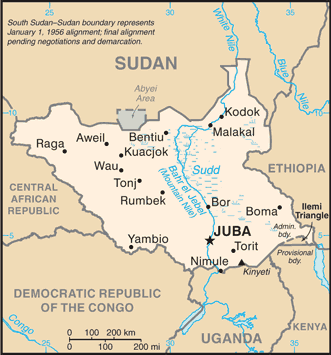



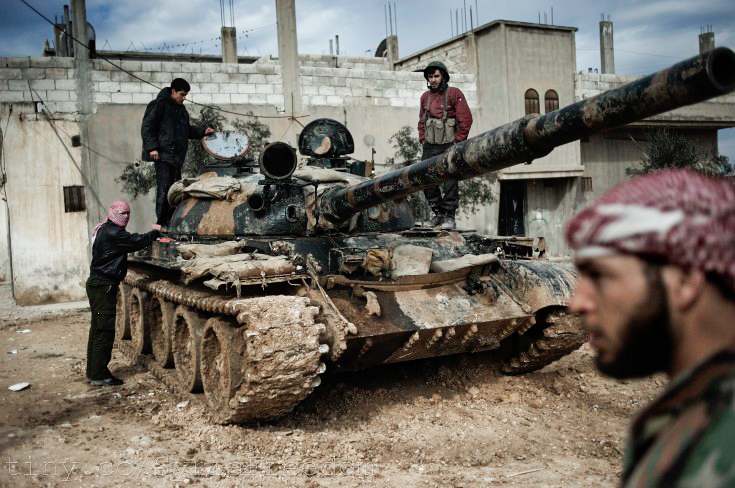
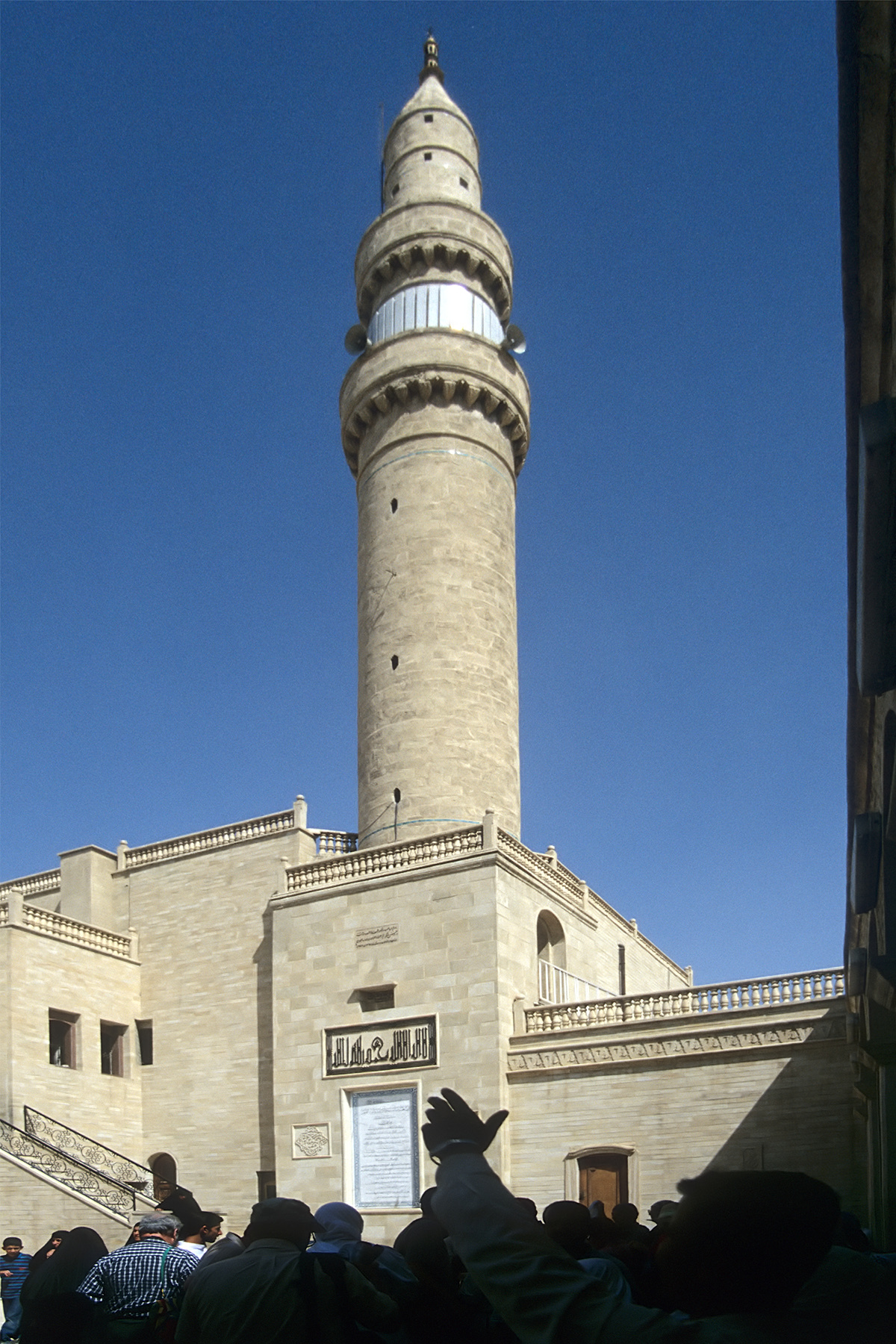
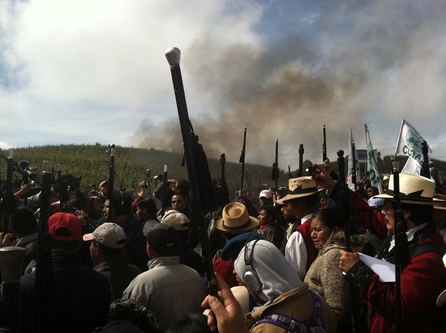
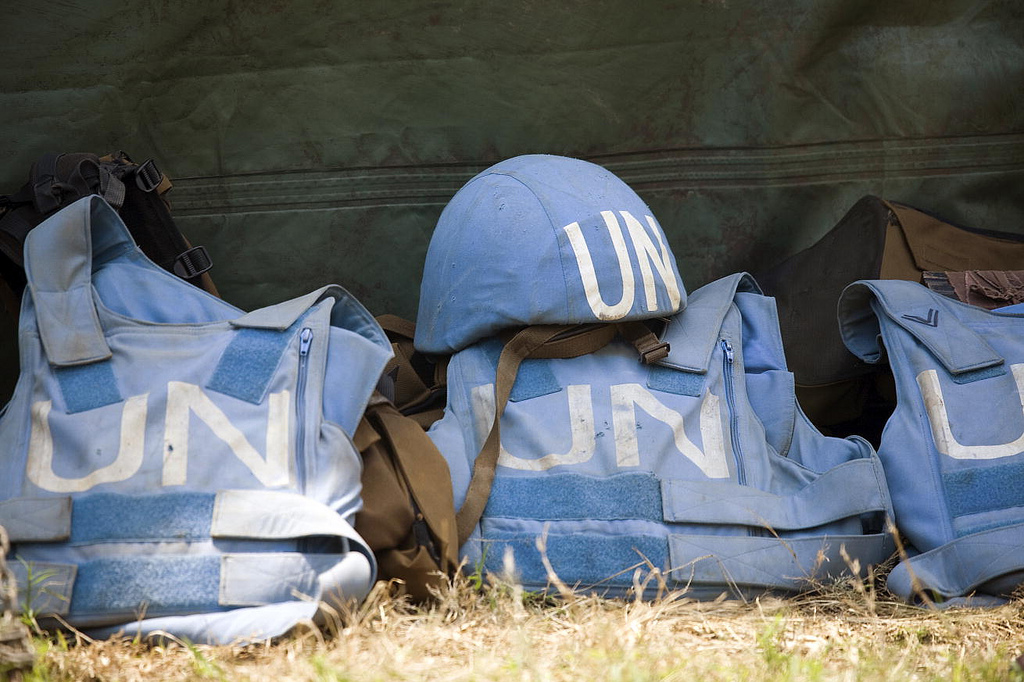
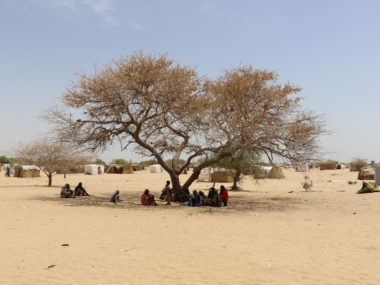
7 comments
If so, why political scientists did not predict it? Why did not they warn us and the international community?
Bridget Coggins, Ryan Griffiths and I raised this possibility on the first anniversary of South Sudan’s independence. See: http://https://politicalviolenceataglance.org/2012/08/14/atop-the-sovereignty-bubble/
Lots of political scientists did raise this possibility from the day when the partition was first discussed, even before it was a fact. They have warned, as Tanisha Fazal highlights of furthering conflict inside South Sudan, but also of simply turning internal conflict into interstate conflict between Sudan and South Sudan. As it happens frequently, advice was turned down by political forces, worries dismissed.
When things go bad, the question is “why political scientists did not predict it?”, but when things go good, it is the strive of valiant politicians and diplomats that allowed for a solution. The pessimist in me remembers that politicians rarely have the opportunity to feel valiant in such way.
So, I’d turn the question around: why no one cared about political scientists advice on South Sudan’s secession? And why does this happen so frequently?
From the post:
“Fourth, it could also be that this finding is time-bound – scholars such as Robert Jackson and Martha Finnemore, for example, have pointed to the relative institutional hollowness of states born after 1945. If states born today are weaker than states born in the past, then perhaps it is today’s new states that are especially likely to experience civil war. A cursory examination of this last hypothesis does not appear to be borne out by available evidence.”
Although your evidence shows that new (post-1945) states are not significantly more likely to have civil wars than old (pre-1945) states, it doesn’t address the questions of duration or intensity — i.e., civil wars in ‘new’ states, when they do occur, might last longer and/or be more destructive than civil wars in ‘old’ states. I don’t know offhand what the data says on that. (There are also probably issues of definition and classification/coding; I’m not sure e.g. how the Balkan wars of the 1990s are treated in the datasets.)
Another argument related to the issues raised in this post, though prob. not specifically to S. Sudan, is the contention that the strength of the territorial-integrity norm post-’45 and the resulting stability of int’l borders deprives leaders of new states of some of the state-building incentives that leaders in earlier eras had. Probably at least a couple of writers have made this argument. I discussed one version of it (B. Atzili’s) in the latter part of this post:
http://howlatpluto.blogspot.com/2012/10/thoughts-on-territorial-peace-and.html